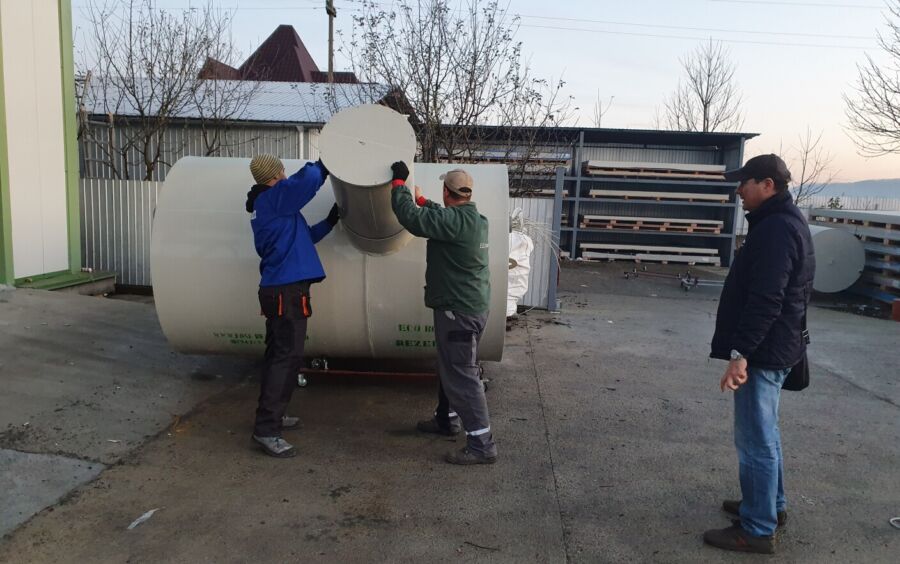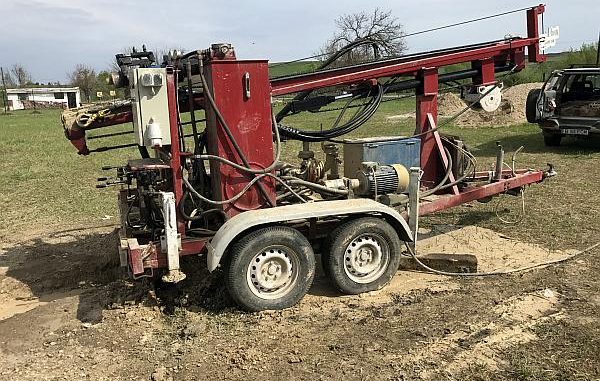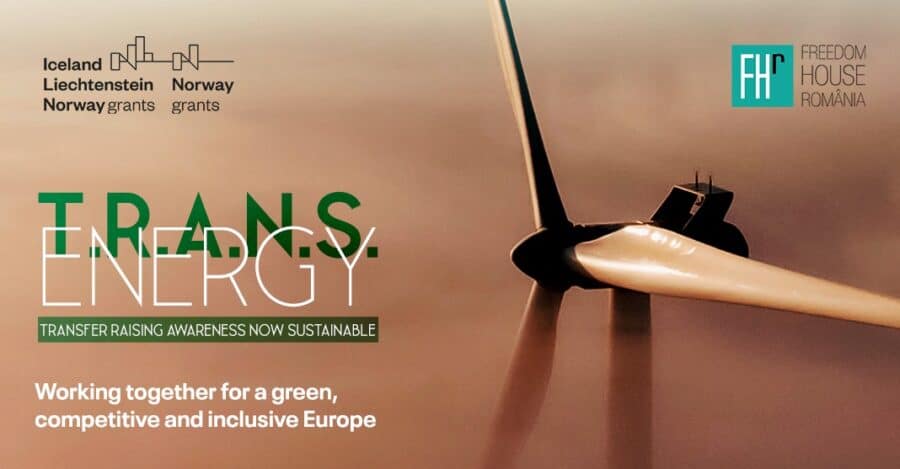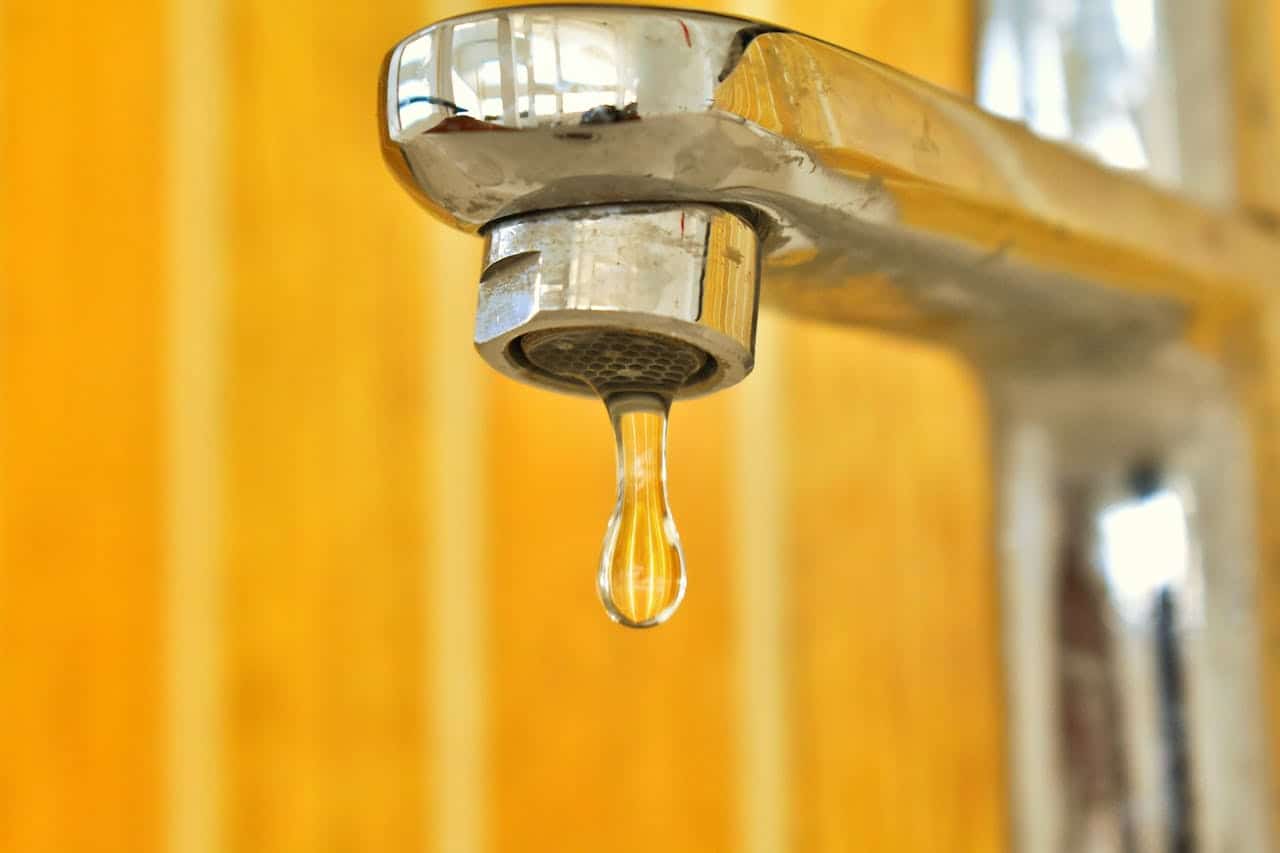How much does it cost to have a bill-free home, with drilled boreholes, septic tanks, and mini sewers. A personal experience.
A self-contained house is already an achievable project, and the costs are not just for the wealthy ones.
While in a previous article, we talked about the costs of equipping your home with photovoltaic panels, heat pumps, and solar panels to produce your own electricity, heat, and hot water, in this article we talk about water boreholes and self-contained sewage systems – septic tanks or mini sewage treatment plants.
As with heat pumps, highly competitive Romanian manufacturers have entered the market for mini sewage treatment plants, bringing innovative systems and creating the independence so long desired.
Read also: I am a prosumer since 2021. How long I waited, what I got
Septic tank or mini sewage treatment plant
For the sewage system, those who want a self-sufficient home can opt for septic tanks or traditional mini sewage treatment plants. Both require emptying every few years, depending on the level of use. This is not a pleasant process for both the septic tank owners and their neighbours.
However, they are not a solution to be excluded, especially as they are not very expensive. A septic tank for four people starts at 2,000 lei (400 euro), while a mini sewage treatment plant costs around 3,500 to 4,000 lei (700-800 euro).
Add to this the cost of digging the pit in which the container is to be buried and the sand to be put in the pit around the container. Some models also require a concrete base on the bottom of the pit.
From the septic tank or mini sewage treatment plant, another drain is made to evacuate the water or another water tank is installed to water the lawn (only for mini sewage treatment plants).
All this landscaping work costs about 2,000 lei (400 euros).
Self-draining mini sewage treatment plants produced in Piatra Neamt
Another Romanian innovation in terms of self-contained houses is the self-draining mini sewage treatment plants. What does this mean?
Every three months, a bag of mud is taken out of the sewage treatment plant and there is no need for a vaccum machine to collect septic tank waste, with all its inconvenience and costs.
Self-draining sewage sludge treatment plants are produced by Eco Rotary, a family business in Piatra Neamt.
„They are produced by us, certified by us. They work quite simply. They have several compartments. At the entrance they have a bin to hold napkins or other materials that may be accidentally thrown away, then there is an anaerobic zone, where the thicker materials are decanted, then it goes into an aerobian zone, where, through an air diffuser, with the help of oxygen from an air pump, the water is oxygenated and, in the presence of oxygen, aerobian bacteria are produced, which will make the water cleaning process more efficient.
Then the water goes to a final decanter and a filtration system, from there a recirculation system goes out, which reintroduces the water with the active, oxygenated sludge into the first anaerobic compartments, to help the purification process and, finally, the water can go into a tank and water the lawn, or it can be discharged into a river, a lake or a drainage system can be made and it drains into the ground”, explained Florin Rotaru, Eco Rotary administrator, for PRESShub.

Self-emptying is quite simple
Turning on the last tap, starts an aerlift system, which pumps the sludge mixed with water into a bag. Once the bag is full, turn off the tap – it takes a minute – let the excess liquid drain out, do the process again, twice, until only sludge is left in the bag, remove the bag, put another one in – it’s a simple raffia bag – and, in three months’ time, do it again.
A very important point is that self-draining does not involve the unpleasant smell of septic tank emptying.
„It’s not an unbearable smell to make all the neighbours run away. It’s a muddy smell and it’s not very strong”, says Florin Rotaru.
Low maintenance costs
How much does it cost to have a bill-free home: mini self-refilling sewage treatment plants don’t require complicated installations. They can be installed by any plumber.
„After installation, we also ask customers to send us a video, to see that the plant is correctly placed in operation and to keep it as a reference point for future adjustments.
There are around 1,500 mini-stations sold across the country and we have been asked for this service,” says the manufacturer.
In terms of costs, the self-draining mini-scrubbers also require the air pump membranes to be changed every two years.
„To change the diaphragms you can send the pump to us for servicing or we can send the repair kit to the customer with a video tutorial and they do the servicing themselves. Basically, any customer can do all the maintenance themselves, as long as they know how to tighten with a screwdriver and loosen with a screwdriver.
It’s not complicated at all. And the repair kit is, for a four to six-person station, around 250 lei (50 euro),” says Florin Rotaru.
No chlorine and descalers
Those who choose to use mini sewage treatment plants, self-draining or not, should be aware that it is not good to use some substances that end up in their sewage system.
Petroleum substances or dilutants are totally forbidden, as they pollute all kinds of water. They are not even to be used in the city’s sewage system.
Another substance to be used with great caution is chlorine, which in excess will kill bacteria that form in the sewage plant and clean the water. Similarly, descaling agents should only be used in small quantities.
However, even when substances that are not recommended for use in the mini-treatment plant have been used, there are solutions. Bioactivators are put directly into the toilet tank, which will restore the bacteria in the sewage treatment plant.
„The sewage treatment plant becomes a living organism, working for you. And it’s like when you take too many antibiotics. You destroy the stomach flora,” explains Florin Rotaru.
A self-draining mini sewage treatment plant for a four-person house costs 5,700 lei (1.140 euro) (basic version) and 6,300 (1.260 euro) lei (upgraded version with Japanese air pump and premium automation panel).
To this cost, add about 2,000 lei (500 euro) for installation.
How much does it cost to have a bill-free home: water, a growing problem
For water supply, boreholes are the most reliable. Although much more expensive than digging a well, a well drilled borehole will be able to provide water in times of drought. Most wells dry up or have a very low flow during that period.
If your home is located near a river, water will not be a problem. The groundwater table is at a very shallow depth and is usually well watertight. In this case, a well of a few metres or a shallow drilled borehole will solve the water problem.
It is not certain, however, that the water will be drinkable. Most likely not.
What’s more, it can become contaminated at any time. Either when it rains more heavily, or if the river is polluted with various substances or even household waste.
The safest option for supplying water to a house is a borehole. There are three types of borehole: shallow, medium or deep.
Shallow boreholes are usually considered to be up to 30 to 50 meters deep, medium-deep boreholes are up to 70 to 100 meters deep, and over 100 meters are considered to be deep boreholes.
Although medium and deep wells can only be polluted in exceptional circumstances, even here the water is not always drinkable.
It may contain natural elements that, in excess, can be harmful to health. This is why water is tested and, if necessary, a water treatment plant can be added to the operation.
The drilled borehole, the most expensive of investments
How much does it cost to have a bill-free home: the rates for a drilled borehole depend on its depth and drilling technology.

Shallow boreholes are the easiest to make, they can also be done by hand and are not very expensive. But we often only use water to water the garden and lawn in the yard.
Medium and deep boreholes are more expensive: starting at €5,000 for a medium-deep borehole, plus about €1,000 more for the pump and automation system if the borehole is drilled through the mud system.
In hard rock you can only drill in the down-hole hammer or air system. This is also known as dry drilling, but it is also the most accurate way of finding water. But also the most expensive technology.
A borehole drilled by the down-the-hole hammer system can cost up to €15,000.
But we’re talking about a borehole over 150 metres deep. Add to that another €3,000 or so for the pump and the automation system for commissioning.
And if a water treatment plant is also needed, it costs about €1,000 more.
So a drilled borehole with all the equipment can cost between €6,000 and €19,000.
With drilled boreholes there is another risk. And that’s what any serious company warns of: that there are boreholes that don’t give water. In this case, the drilling price is half the price, but it’s practically lost money.
In conclusion, for water and sewage, if you want to avoid paying bills for the rest of your life – just small maintenance costs – fill your pool without headaches and water your lawn without heartbreak, the cost is between €7,000 and €21,000 for a family of four.
Read also: How much does a house without bills and with all utilities costs. A personal experience
Follow PressHUB on Google News!
Citește varianta în limba română: Cât costă să ai o casă fără facturi (II)





